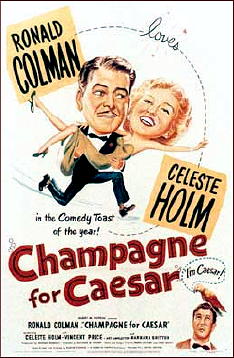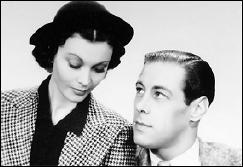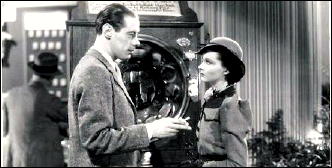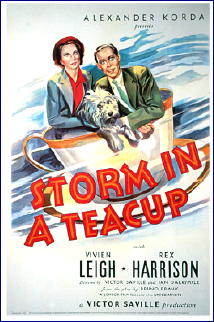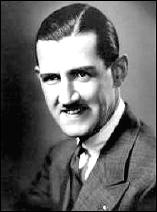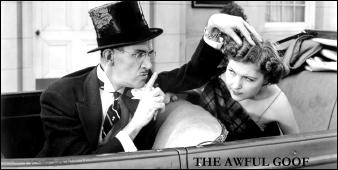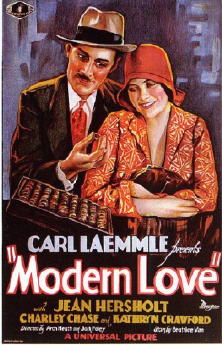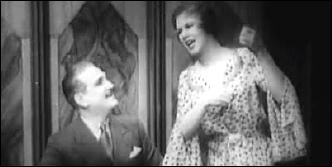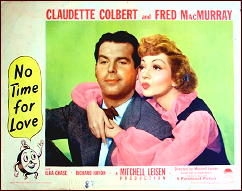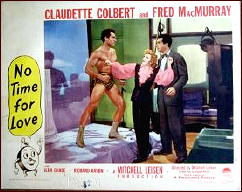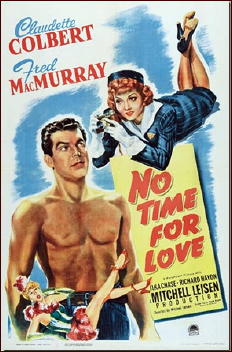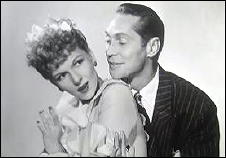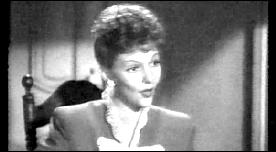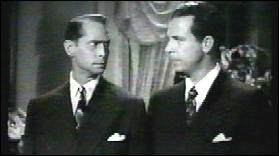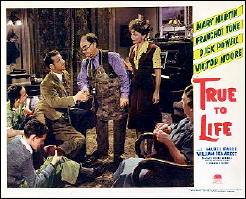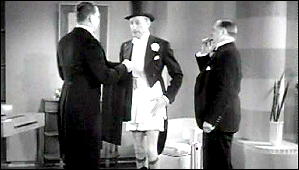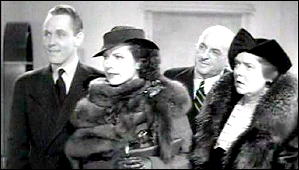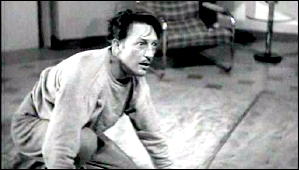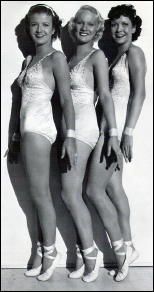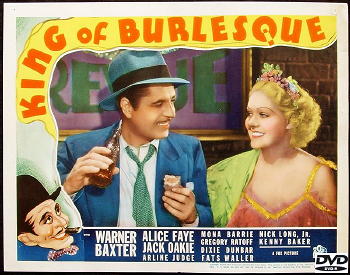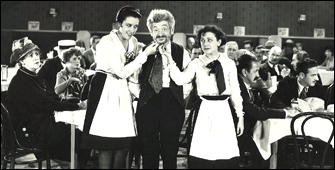Fri 24 Jun 2011
A Movie Review by Walter Albert: CHAMPAGNE FOR CAESAR (1950).
Posted by Steve under Films: Comedy/Musicals , Reviews[9] Comments
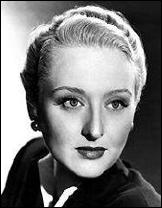
CHAMPAGNE FOR CAESAR. United Artists, 1950. Ronald Colman, Vincent Price, Celeste Holm, Barbara Brittton, Art Linkletter, Byron Foulger, Ellye Marshall, LyleTalbot, John Eldridge, Vicki Raaf, Bess Flowers; Gabriel Heatter and George Fisher as themselves. Screenplay by Hans Jacoby and Fred Brady; music by Dimitri Tiomkin. Director: Richard Whorf. Shown at Cinecon 44, Hollywood CA, Aug-Sept 2008.
Finally, an authentic star was showcased, the elegant Celeste Holm, playing a vamp (“Flame O’Neill”) who’s hired to distract genius TV quiz contestant Ronald Colman (“Beauregard Bottomley”) so that he will flub the answer to the final multi-million question that will bring down the skin lotion empire of a nutty magnate, played with hilarious and movie-stealing effect by the incomparable Vincent Price.
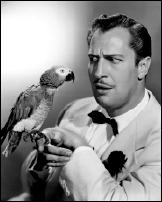
This the kind of film you don’t see much of anymore, a comedy for adults, and one whose subjects are still relevant, corporate greed and inane TV shows. Art Linkletter is perfectly cast as the TV show host (in an engaging and sympathetic performance), and every performer is pitch-perfect, down to Beauregard’s pet parrot, voiced by the great Mel Blanc.
After the screening, Holm arrived in a wheelchair, and was interviewed, with her much younger husband (maybe 40 years younger) in close attendance. She seemed frail but occasionally her voice became stronger, although she had to be constantly prompted by her husband, who filled in the details she was unable to remember.
Later, my brother and I, having lunch next door at a restaurant, saw her wheeled in and she passed by our table, impeccably made up, her skin extraordinary youthful looking.
